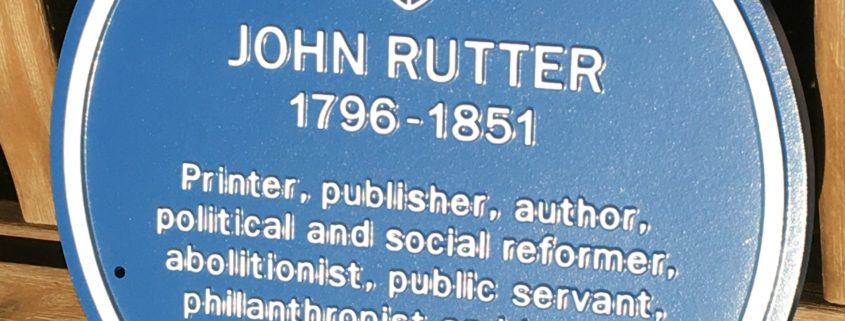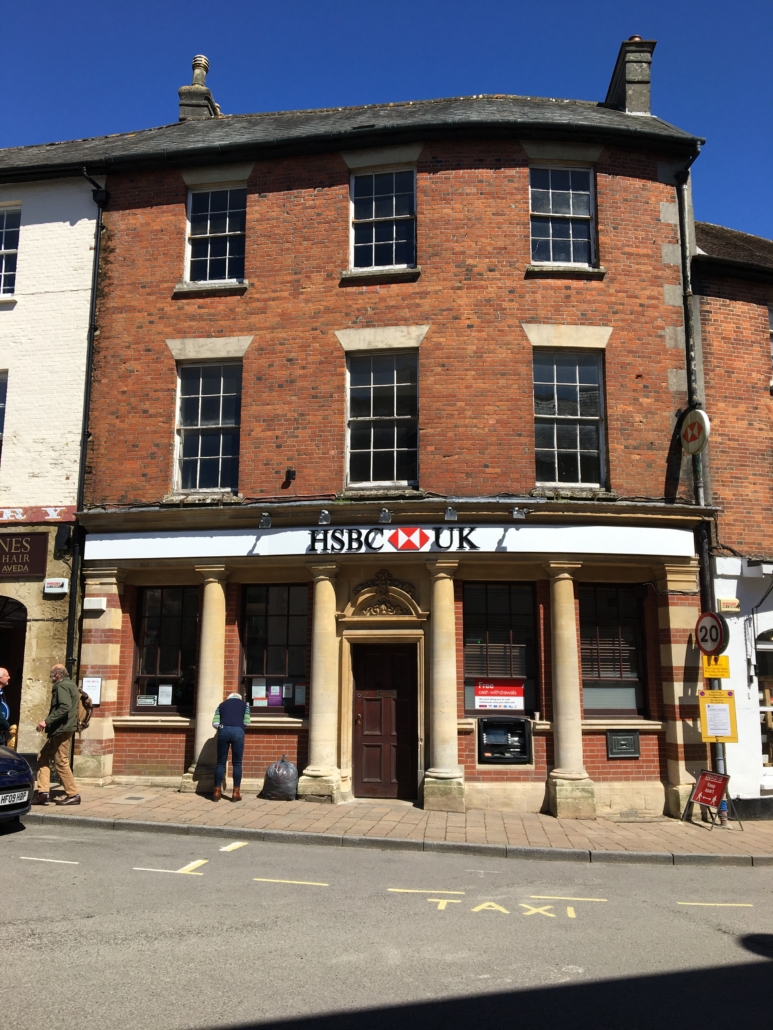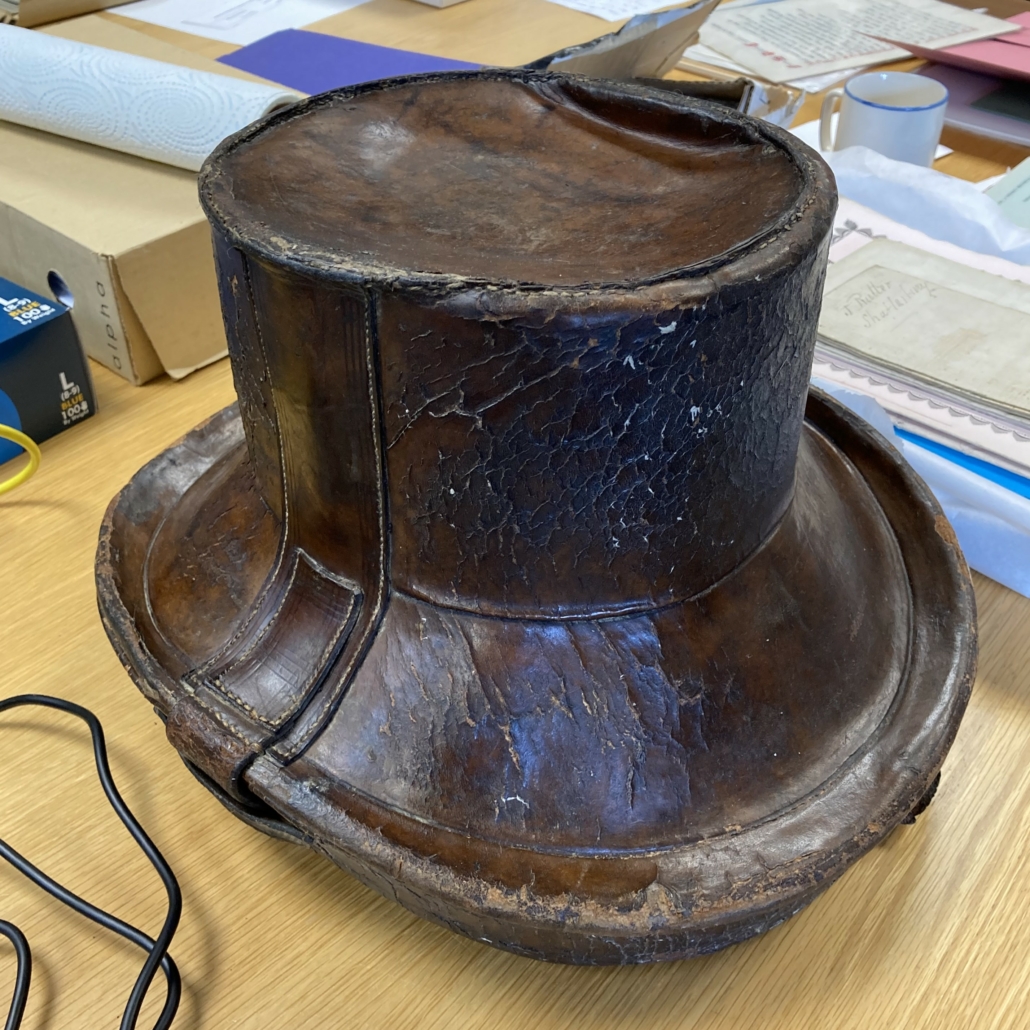John Rutter Blue Plaque to Be Unveiled on 07 August
Angus Campbell, Her Majesty’s Lord Lieutenant of Dorset, will unveil a Blue Plaque commemorating the life of John Rutter (1796 -1851) at noon on Saturday 07 August 2021. The Plaque will be mounted on the front wall of No. 2 The Commons, Shaftesbury, where from 1817 John Rutter ran a printing and publishing business, and subscription library. The premises are currently owned by Ship and Sherry Limited and leased to HSBC Bank.
Rutter was a nineteenth century human rights campaigner, when slavery was yet to be abolished and only a small minority of men had the right to vote. He passionately denounced the inhumanity of slavery, and opposed corruption and intimidation in local municipal and parliamentary elections. This led to friction with the agents of Lord Grosvenor, the wealthy landowner who had bought most of the property in Shaftesbury. In the wake of the troubled 1830 elections dozens of Shastonians including Rutter were sent for trial at Dorchester Assizes, charged with riotous assembly and criminal damage. In the first two trials, 21 defendants were found guilty of assault and 14 sentenced to between one and four months’ imprisonment. Eight were acquitted. By the time of the third trial the judge had grown impatient with the multiple prosecutions and urged the defendants to plead guilty, agree to be bound over to keep the peace for twelve months and accept a nominal fine of one shilling. All complied, except John Rutter, who knew that he was guilty of nothing. His religious beliefs repudiated all forms of violence, and during the disturbances he urged demonstrators to go home. This adherence to principle irritated the judge and led to Rutter’s being nicknamed “The Turbulent Quaker of Shaftesbury.” (The title of the 2018 book by Sir John Stuttard, who has masterminded the Blue Plaque project.) Eventually the baseless charges were dropped.
By the mid-1830s Rutter had achieved a working relationship with Grosvenor, who cancelled eviction orders against tenants who had voted ‘unwisely’ and stopped imposing parliamentary candidates on the town. After the Municipal Corporations Act of 1835 abolished local cliques, Rutter was elected to the Town Council and championed improvements in education, water supply, sanitation, and gas street and domestic lighting. In the 1840s he lobbied Parliament to extend the London and South Western Railway from Salisbury to Exeter via Tisbury, Semley and Gillingham. The grateful inhabitants of Gillingham presented him with an engraved silver salver in August 1848, though the line was not completed until after his death. The salver will form part of a temporary exhibition at Gold Hill Museum together with other artefacts, including a magnificent top hat bought in 1849 when Rutter attended the Third International Peace Congress in Paris. We are grateful to the Rutter family for the loan of the hat, and to Shaftesbury Town Council for financial support in meeting the cost of the project.
In 1837 John Rutter qualified after five years’ legal training and began to practise as a solicitor. His brushes with the law may well have motivated him to acquire a more thorough knowledge of a profession which was in any case barred to him as a Quaker until 1828. He was also better able to defend the rights of the poor, whether as a Poor Law Guardian or in the Small Debts Court. Several generations later, the Rutter name is preserved in two local law firms, and on a street sign. This is the first Blue Plaque in Shaftesbury honouring a named individual for their positive contribution to the development of the town and the welfare of its inhabitants.







